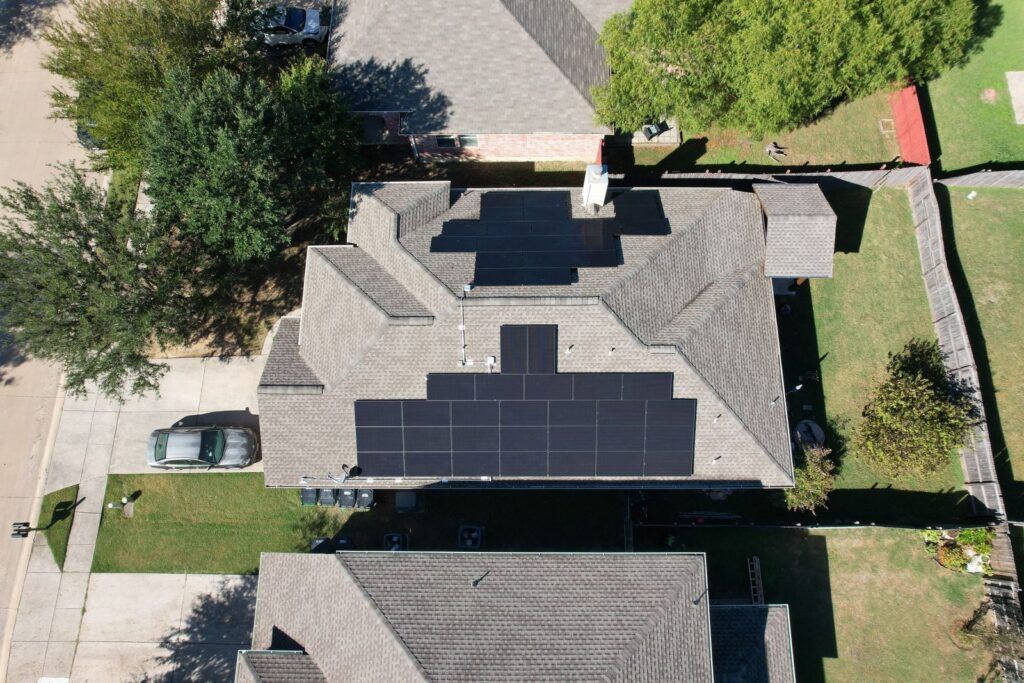Net Metering + Time-of-Use Rates: A Match Made in Solar Heaven (With a Few Clever Twists)
At Infinity Solar USA, we’re all about maximizing your solar savings, but if you’ve got net metering and time-of-use rates (TOU) in your area, things can get a little… interesting. Don’t worry—we’ll explain how this dynamic duo works and how you can make it work for you.
1. What Are Time-of-Use Rates?
First, let’s break it down: time-of-use rates are electricity pricing that changes depending on the time of day. Basically, energy costs more during peak hours (when everyone’s using electricity) and less during off-peak hours (when things slow down, like at night). The goal is to encourage you to use energy when it’s less in demand and help lower strain on the grid.
Think of it as a happy hour for electricity—except instead of cocktails, you’re saving money on your energy bill.
2. What’s Net Metering Got to Do with It?
Net metering is a cool perk that lets you get credit for the extra energy your solar panels generate and send back to the grid. If you generate more power than you’re using, those extra kilowatt-hours (kWh) go back into the grid, and in return, you get credits to use when your system isn’t producing enough energy, like at night.
3. How the Magic Happens
Now, here’s where net metering and time-of-use rates come together for some solar synergy:
- During the day (peak hours): Your solar system is probably working overtime, generating energy for your home. When you’re using less than what your panels are producing, that extra energy gets sent back to the grid. If you’re on a time-of-use plan, you might sell that surplus energy during off-peak hours when the rate is higher for the grid.
- Nighttime or cloudy days (off-peak hours): When the sun’s down and your panels are on a break, you’ll be pulling energy from the grid. If your time-of-use rates are low at night, you’ll be able to use your credits to cover that lower-cost energy without breaking the bank.
It’s a beautiful dance between generating your own energy, sending it back to the grid, and then using your credits wisely.
4. Maximizing Your Savings
Here’s the key takeaway: You can make net metering and time-of-use rates work together in a way that maximizes your savings. If you generate a lot of power during the day (when rates are higher), you’ll get credits at a good rate. And when you need power at night (when rates are lower), you can use your credits to pay for the energy you need—keeping your bill low.
5. A Quick Pro Tip
The trick to saving big with time-of-use rates is to shift your energy usage to off-peak hours when electricity is cheaper. Run your dishwasher, do laundry, and charge your EV in the evening or early morning hours. The less energy you pull from the grid during expensive peak times, the more you’ll save.
Bottom Line?
When you combine net metering and time-of-use rates, you get a sweet opportunity to optimize your solar energy for maximum savings. With a little planning and strategic energy use, you can take full advantage of both systems, making sure your solar system is working for you—and not the other way around.
Want to know more about how you can save even more with net metering and time-of-use rates? Contact Infinity Solar USA, and we’ll help you figure out the best plan for your home.
Solar + TOU = The ultimate power combo! 🌞⚡💸
More Blog Posts
More Guides For You From Our Help Center
Service and Troubleshooting
Understanding your solar system performance
How to schedule a repair
Solar Financing and Incentives
How does net metering work?
- How Net Billing Works (And Why Export Credits Are Your New Best Friend)
- How "Buy All, Sell All" Works in Solar (And Why It’s a Great Deal for You)
- How Monthly Net Metering Works (Spoiler: It’s Like a Bank for Your Energy)
- What is Net Metering and Why It Matters in the Solar Industry?
- What Is 1:1 Net Metering, and Why Should You Care? (Hint: It’s Awesome)
Solar financing. Understanding your options
- Explore Your Financing and Cash Options for Going Solar with Infinity Solar USA
- Commercial Solar Solutions: What You Need to Know from Infinity Solar USA
- Solar Installation Costs and Financial Incentives: What You Need to Know from Infinity Solar USA
- Why Solar Loans Reamortize in Month 19: A Closer Look
System Performance
How to optimize your solar systems performance
How peak sun hrs works in solar
How does roof pitch and orientation affect solar production?
How shading and irradiation affect solar production
Solar 101
Understanding your solar energy savings
Different purchase options:
How do I save money with solar?
Solar Process
Step 1 Proposal Introduction
Step 2 Construction Pipeline Process
Step 3 Permission to Operate
Service and Troubleshooting
Understanding your solar system performance
How to schedule a repair
Solar Financing and Incentives
How does net metering work?
- How Net Billing Works (And Why Export Credits Are Your New Best Friend)
- How "Buy All, Sell All" Works in Solar (And Why It’s a Great Deal for You)
- How Monthly Net Metering Works (Spoiler: It’s Like a Bank for Your Energy)
- What is Net Metering and Why It Matters in the Solar Industry?
- What Is 1:1 Net Metering, and Why Should You Care? (Hint: It’s Awesome)
Solar financing. Understanding your options
- Explore Your Financing and Cash Options for Going Solar with Infinity Solar USA
- Commercial Solar Solutions: What You Need to Know from Infinity Solar USA
- Solar Installation Costs and Financial Incentives: What You Need to Know from Infinity Solar USA
- Why Solar Loans Reamortize in Month 19: A Closer Look
System Performance
How to optimize your solar systems performance
How peak sun hrs works in solar
How does roof pitch and orientation affect solar production?
How shading and irradiation affect solar production
Solar 101
Understanding your solar energy savings
Different purchase options:
How do I save money with solar?
Solar Process
Step 1 Proposal Introduction
Step 2 Construction Pipeline Process
Step 3 Permission to Operate



